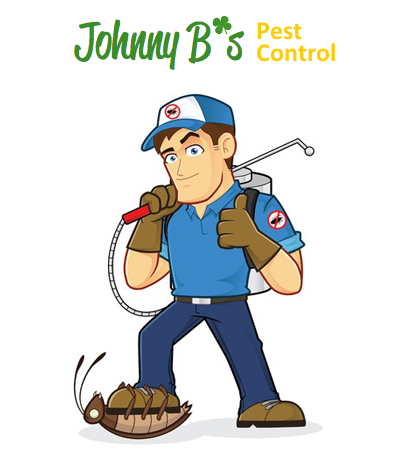Many insect species have a tremendous impact on the global economy. The economic cost of crop damages caused by insect pests is one example of how insects can influence the economy. However, insects can have a variety of effects on the economy, and not all are negative. For example, honey and beeswax is produced by bees and sold for a profit. In addition to bee-products, silkworms are well known for being the source of silk clothing items. Cochineal insects that are native to Mexico had been exported to Europe for hundreds of years so that their bodies could be ground up and made into red dye, red paint, and even a red food coloring in wine. The little known field of “economic entomology” explores how insects or insect by-products are mass produced for human use. A current issue that is of interest to economic entomologists would, of course, be edible insects. Historically, it could be said that a species of scale insect known as Laccifer lacca has been the most economically versatile insect species.
The Laccifer lacca species of scale insect has been exploited for its economic value for centuries. While scale insects may not be of much economic importance today, the Laccifer lacca species is still highly valued as the only type of resin of animal origin that has ever existed, and a plethora of products are still made from this insect’s bodily secretions.
The female Laccifer lacca species secretes a thick and waxy substances known as “lac.” Lac is the main ingredient in a commercial product called “shellac.” In order to produce massive amounts of this substance for industrial use, scale insects are heated to a point where they expel large amounts of lac. Two hundred insects are needed just to produce one single gram of lac. Shellac is used as a varnish for floors, furniture, draperies, photographs, playing cards, electric insulators, phonograph records, food additive and dental plates. During the 1930s, lac was replaced by polyurethane and vinyl, but it is still used as a stiffening agent for the production of felt hats, leather shoes, sealing waxes, and various types of inks, dyes, polishes and even jewelry.
Have you ever consumed a type of food only to later learn that it is made with insect by-products?

